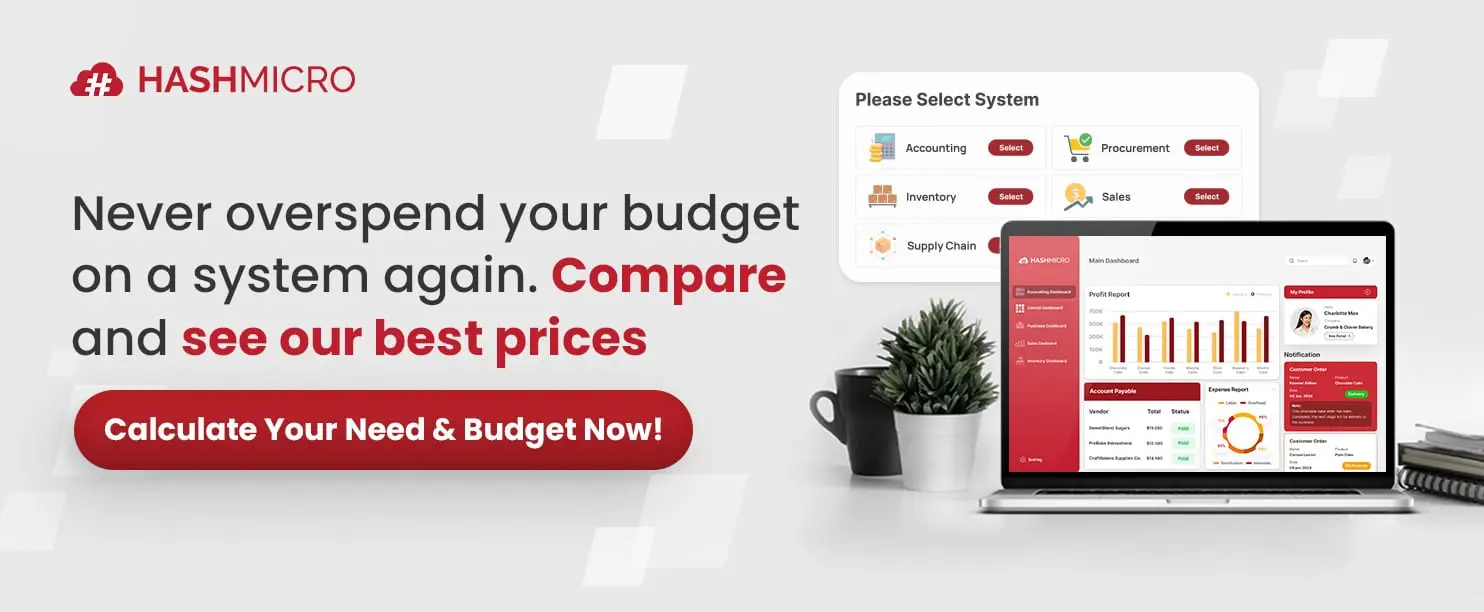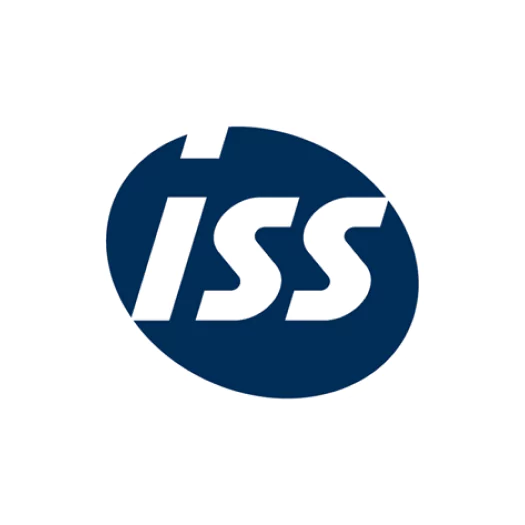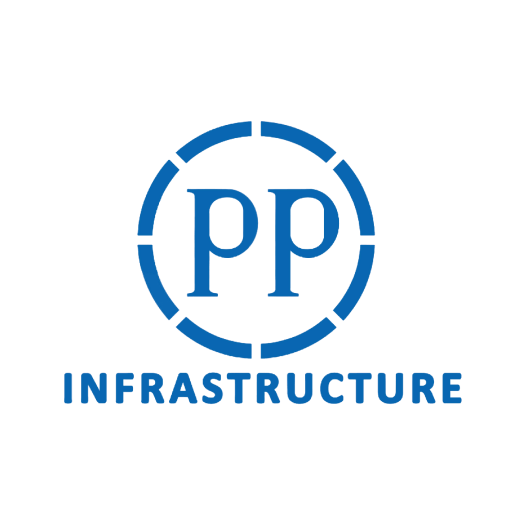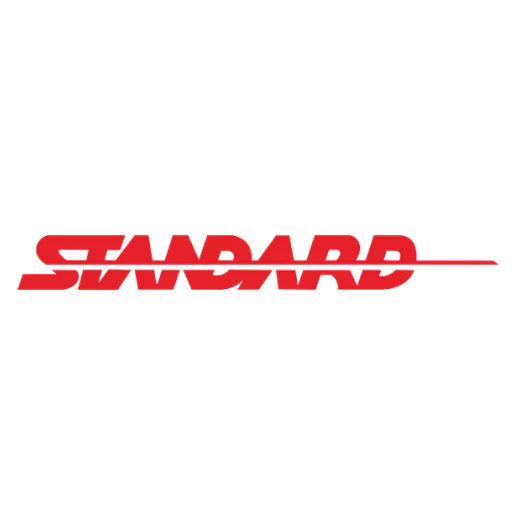Imagine managing hundreds of orders, shipments, and inventory from multiple warehouses without an integrated system. Data inaccuracies, manual errors, and delivery delays can hinder business growth and damage a company’s reputation.
In Malaysia, many distribution businesses still use manual or separate systems that make it difficult to monitor inventory and process orders efficiently. Meanwhile, the global distribution management system market is growing rapidly from USD 4.56 billion in 2024 to USD 5.51 billion in 2026 and is projected to reach USD 13.59 billion by 2030, reflecting the urgency of digital transformation in this sector.
The solution is the use of integrated Distribution Management Software to streamline workflows, reduce errors, and enhance operational visibility. This article discusses the 10 best distribution software solutions in Malaysia that can help your business improve efficiency, control, and competitiveness by 2026.
Key Takeaways
|
What is Distribution Management Software?
Distribution Management Software is a digital solution designed to manage and coordinate the entire distribution process in a business. It focuses on ensuring the smooth movement of goods from suppliers to customers through centralized oversight. This system supports structured distribution workflows with minimal manual intervention.
The software covers essential functions like order processing, inventory tracking, and shipment monitoring in a unified environment. It enables businesses to streamline distribution channels and avoid fragmented operations. This clarity enhances accuracy across supply and delivery processes.
Its core role is to serve as the operational hub for distribution activities across industries such as wholesale and logistics. By standardizing the flow of information and materials, the software reduces disruptions. This definition highlights its purpose as a control system, not its benefits.
10 Best Distribution Management Software in Malaysia
We’ve compiled a list of the best 12 Distribution Management Software solutions to support businesses in Malaysia in managing inventory, logistics, and order fulfillment more efficiently. Each platform offers unique capabilities and constraints, allowing you to assess which one best suits your distribution operations.
Explore our top recommendations to simplify warehouse coordination, improve order accuracy, and enhance overall visibility across your distribution channels.
1. HashMicro Distribution Management Software

HashMicro offers robust Distribution Management Software designed to help Malaysian businesses manage complex logistics, warehouse coordination, and multichannel sales processes. With deep automation capabilities, the platform supports businesses in reducing errors, simplifying workflows, and gaining visibility across their supply chains.
The software is trusted by over 2,000 clients, including industry leaders such as McDonald’s. Its strong local and regional presence makes HashMicro a top-tier solution for businesses looking to confidently enhance their distribution capabilities using tools such as distribution barcode software to improve item tracking and reduce manual input.
HashMicro stands out among distribution software options due to its highly localized capabilities, user-friendly interface, and scalable modules that cater to various industries involved in product distribution. The system is designed to adapt to fast-paced distribution environments, offering a balance between functionality, flexibility, and reliability.
Here are the key features of HashMicro’s Distribution Management Software:
- Multi-Warehouse Inventory Control: Monitor stock in multiple warehouses in real time with an automated tracking system, restock alerts, and batch control to prevent stock discrepancies.
- Integrated Barcode System: Simplify the process from receiving to shipping goods with barcode scanning, reducing manual errors and speeding up the distribution flow.
- Automated Order Fulfillment: Automate order processing from various distribution channels with inventory synchronization and delivery schedules to ensure timely deliveries.
- Supplier & Purchase Management: Manage vendor data, purchase requests, and approval workflows automatically to ensure smooth supply and distribution process efficiency.
- Finance and Reconciliation Tools: Integrate distribution activities with financial modules for accurate cost tracking, invoice generation, and payment reconciliation.
- Advanced Analytics Dashboard: View distribution performance data, demand trends, and inventory turnover to support more accurate and efficient operational decisions.
| Pros | Cons |
|
|
If you’re interested in learning more about how HashMicro Distribution Management Software can optimize your inventory, streamline fulfillment, and enhance visibility across your entire distribution network, click the banner below to explore the full feature set and pricing options.
2. Oracle Utilities Network Management System

Oracle Utilities Network Management System is a distribution software solution primarily used by utility service providers to load balancing and manage electrical networks. The system helps track outages, manage recovery processes, and analyze system reliability.
This platform is more commonly used by energy service providers with specific technical requirements. Its functions are less relevant for general distribution businesses such as retail trade.
Key Features:
- Advanced network monitoring
- Workflow automation
- Outage prediction
| Pros | Cons |
|
|
3. SurvalentONE ADMS

SurvalentONE ADMS is a distribution software used by utility companies to monitor and control electrical distribution systems. This software is generally implemented in operations that require centralized supervision.
This software is often implemented by providers who need a stable platform to support network reliability. Its design supports core distribution tasks but may not be ideal for non-utility or retail distribution businesses.
Key Features:
- Real-time SCADA integration
- Distribution network monitoring
- System operation control tools
| Pros | Cons |
|
|
4. ACS PRISM ADMS

ACS PRISM ADMS is a distribution software designed to support monitoring and basic control of utility networks. Electric service providers mainly use it for visibility into network performance and outage management.
This system is generally adopted by organizations that require basic tools to manage their electrical distribution infrastructure. Its application tends to remain within the utility sector and may not be suitable for commercial or retail distribution needs.
Key Features:
- Fault and incident tracking tool
- Network status visualization
- Operational command interface
| Pros | Cons |
|
|
5. ABB Network Manager ADMS

ABB Network Manager ADMS is a software system used to help utility providers monitor electrical distribution networks. The system supports important network functions such as load monitoring, outage handling, and operational decision-making.
It is typically used by electric companies that require visibility into distribution activities. Its use is focused on infrastructure management, rather than commercial or wholesale distribution applications.
Key Features:
- Real-time distribution network monitoring
- Load and outage data tracking
- Network control and diagnostic tools
| Pros | Cons |
|
|
6. OSI Spectra ADMS

OSI Spectra ADMS is a software platform developed to assist in the monitoring and control of electrical distribution systems. This platform is primarily used by utility providers to support load planning and situational analysis across their networks.
The software is equipped with tools that help improve visibility into real-time events, track asset performance, and support system recovery tasks.
Key Features:
- Network status tracking and event monitoring
- Distribution network management tools
- Basic automation for operational processes
| Pros | Cons |
|
|
7. GE PowerOn ADMS

GE PowerOn ADMS is a distribution software used to support the operation and monitoring of electrical distribution systems. This software is primarily used in environments that require tools for event tracking, network control, and routine network monitoring.
This system is commonly used by electric service providers and other organizations that manage utility infrastructure. The software provides a structured platform for handling daily operational needs and system monitoring tasks.
Key Features:
- Real-time tracking
- Network operations dashboard
- Basic distributed network control tools
| Pros | Cons |
|
|
8. ETAP Advanced Distribution Management System

Etap ADMS is software that supports the monitoring and control of electrical distribution systems by utility companies. This application is designed to help operational teams view network conditions in real time and accelerate response times to disruptions.
This software is widely used by both public and private electricity providers because it facilitates the coordination of network operations and repairs. With a centralized interface, field and control teams can work more synchronously.
Key Features:
- Direct SCADA integration
- Monitoring of distribution network conditions
- Basic operational control of the distribution system
| Pros | Cons |
|
|
9. Axxiom G-DIS

Axxiom G-DIS is a distribution software platform developed to support daily operational tasks in electrical distribution networks. This platform is commonly used by utility businesses seeking a structured approach to managing service delivery, incident tracking, and work order coordination.
This system is typically chosen by companies that require reliability in field service management and asset monitoring.
Key Features:
- Work order tracking and service requests
- Coordination of basic assets and field personnel
- Offline data access and synchronization support
| Pros | Cons |
|
|
10. HPE Alletra dHCI

HPE Alletra dHCI is an infrastructure solution that combines storage and computing management in a decoupled model. It is typically used by businesses that require data accessibility and scalability for their IT and operational workloads, including distribution-related activities.
This platform is often chosen for environments that require flexibility in infrastructure without having to commit to a full hyper-converged setup. It provides tools to help manage data traffic and system availability with a simplified interface.
Key Features:
- Smart workload placement
- Centralized infrastructure control
- Built-in data protection and performance monitoring
| Pros | Cons |
|
|
Key Reasons to Use Distribution Management Software

Choosing the right solution for your business can enhance your operational visibility and lower costs. Here are the main reasons why many Malaysian businesses rely on wholesale distribution software to support their operations:
1. Centralized control
All distribution activities, from inventory management to shipment monitoring, can be monitored in a single dashboard. This helps business owners view operational performance in real time. Coordination between branches also becomes more efficient.
2. Reduced operational errors
The automated system reduces reliance on error-prone manual input. Recording, shipping, and inventory processes are more accurate without the need for repeated intervention. This avoids data errors that impact customers.
3. Better inventory accuracy
With features such as barcodes and forecasting, business owners can know the exact amount of stock. This is important to prevent overstocking or understocking in the warehouse. Operations run smoothly without disruptions due to inventory errors.
4. Efficient compliance management
This software helps ensure that distribution procedures comply with applicable regulations. Documents and reports can be generated automatically according to standards. This facilitates the company’s internal audit and monitoring processes.
5. Improved customer satisfaction
Fast service and accurate delivery create a better customer experience. Requests are fulfilled on time, and sales data is recorded neatly. As a result, customer loyalty increases along with service consistency.
How to Choose the Right Distribution Management Software?
Every distribution business has different needs, depending on its scale, structure, and challenges. Therefore, the selection of distribution software must be done thoroughly and strategically. Here are some important factors to consider:
- Understand specific operational needs: Determine where your distribution faces the greatest obstacles, whether it is inventory management, delivery coordination, or sales reporting. The software you choose should address these needs with the right solutions, especially if your operations require features commonly found in logistics software.
- Ensure ease of integration: The distribution system must be able to connect directly with existing software, such as ERP, accounting, or CRM. This integration enables smooth data flow without the need for duplicate input.
- Consider long-term scalability: Choose a platform that can adapt as your business grows, whether in terms of the number of warehouses, order volume, or market expansion. Avoid rigid systems or those only suitable for a specific scale.
- Evaluate support and training: Vendors that provide clear training, comprehensive documentation, and responsive technical support will simplify the implementation and adoption process for your team.
- Compare costs and potential ROI: While initial costs are important, what is more critical is the potential for long-term savings and efficiency. Evaluate the functional benefits offered against the costs incurred.
Conclusion
Choosing the right distribution software is essential for improving supply chain visibility, minimizing manual errors, and strengthening coordination between logistics and sales. With so many options available, every business needs to consider inventory complexity, distribution channels, and integration requirements before deciding on a system.
For companies that need a reliable and scalable solution, HashMicro Distribution Management Software provides comprehensive automation. From warehouse control and barcode scanning to order fulfillment and financial integration, this system helps maintain accuracy, meet delivery expectations, and streamline operations.
If your business aims to improve distribution efficiency and achieve sustainable growth, HashMicro could be the right first step. Schedule a free demo and experience the benefits firsthand for your operations.
Question About Distribution Management Software
-
What are the 4 channels of distribution management?
The four main channels of distribution management are direct selling, selling through intermediaries (such as distributors or wholesalers), dual distribution, and reverse channels. Each channel serves different business models and customer reach strategies, depending on the type of products and market coverage needed.
-
Which software is best for warehouse management?
HashMicro Distribution Management Software is one of the best choices for warehouse management. It offers features such as multi-warehouse inventory control, automated restocking alerts, barcode scanning, and batch tracking all within a single platform. This helps businesses maintain accuracy, reduce waste, and increase fulfillment speed.
-
How to manage a distribution network?
Managing a distribution network involves coordinating warehouses, monitoring stock levels, handling orders, and ensuring timely deliveries. Using a robust platform like HashMicro allows businesses to automate these tasks, maintain transparency across all distribution points, and make data-driven decisions for long-term efficiency and profitability.
-
What is an example of a distribution system?
A distribution system may include integrated processes like order placement, inventory control, supplier management, and shipment tracking. For instance, HashMicro’s software provides a complete distribution system that connects sales, purchasing, and logistics to ensure a seamless flow from supplier to customer.


































